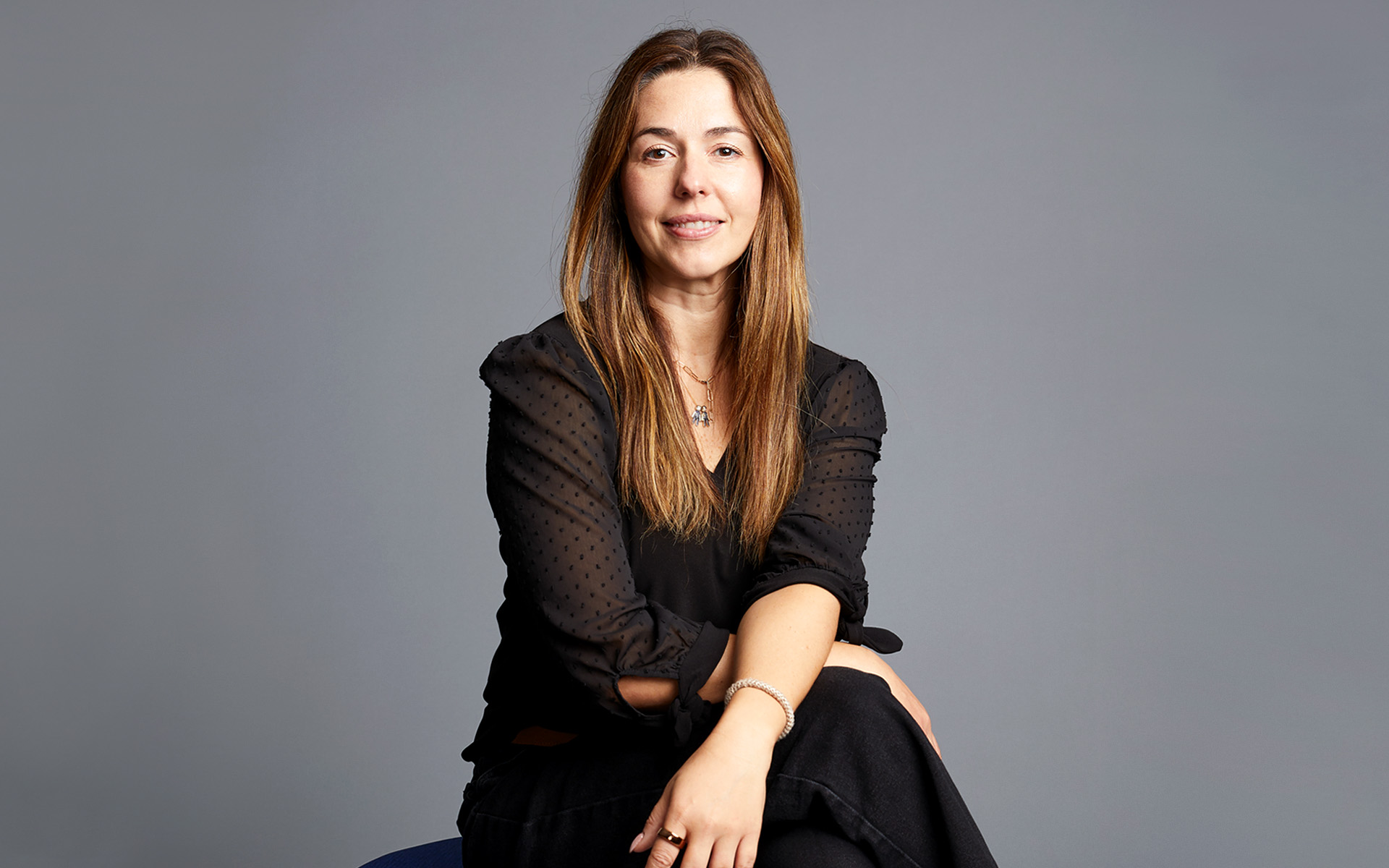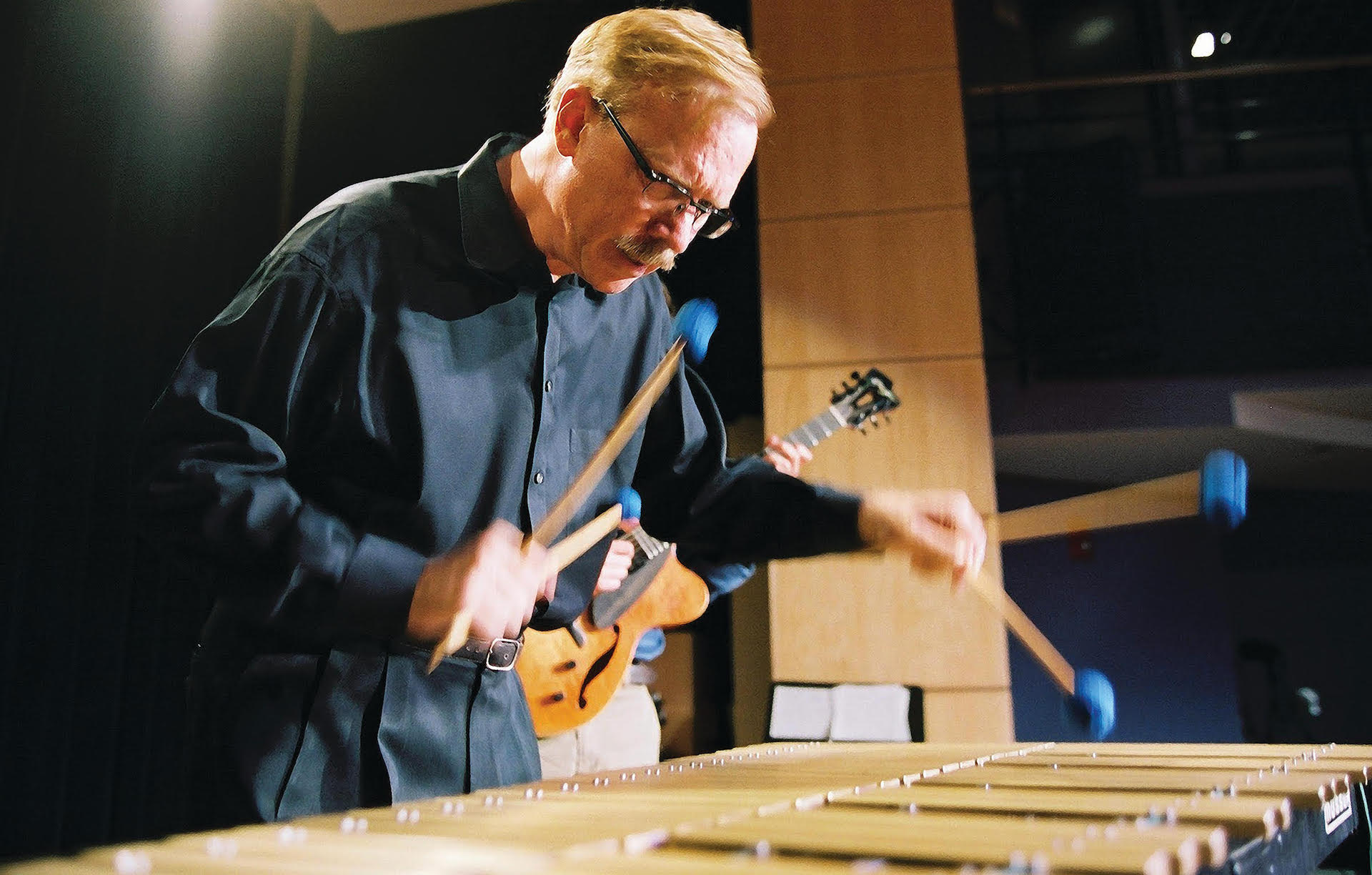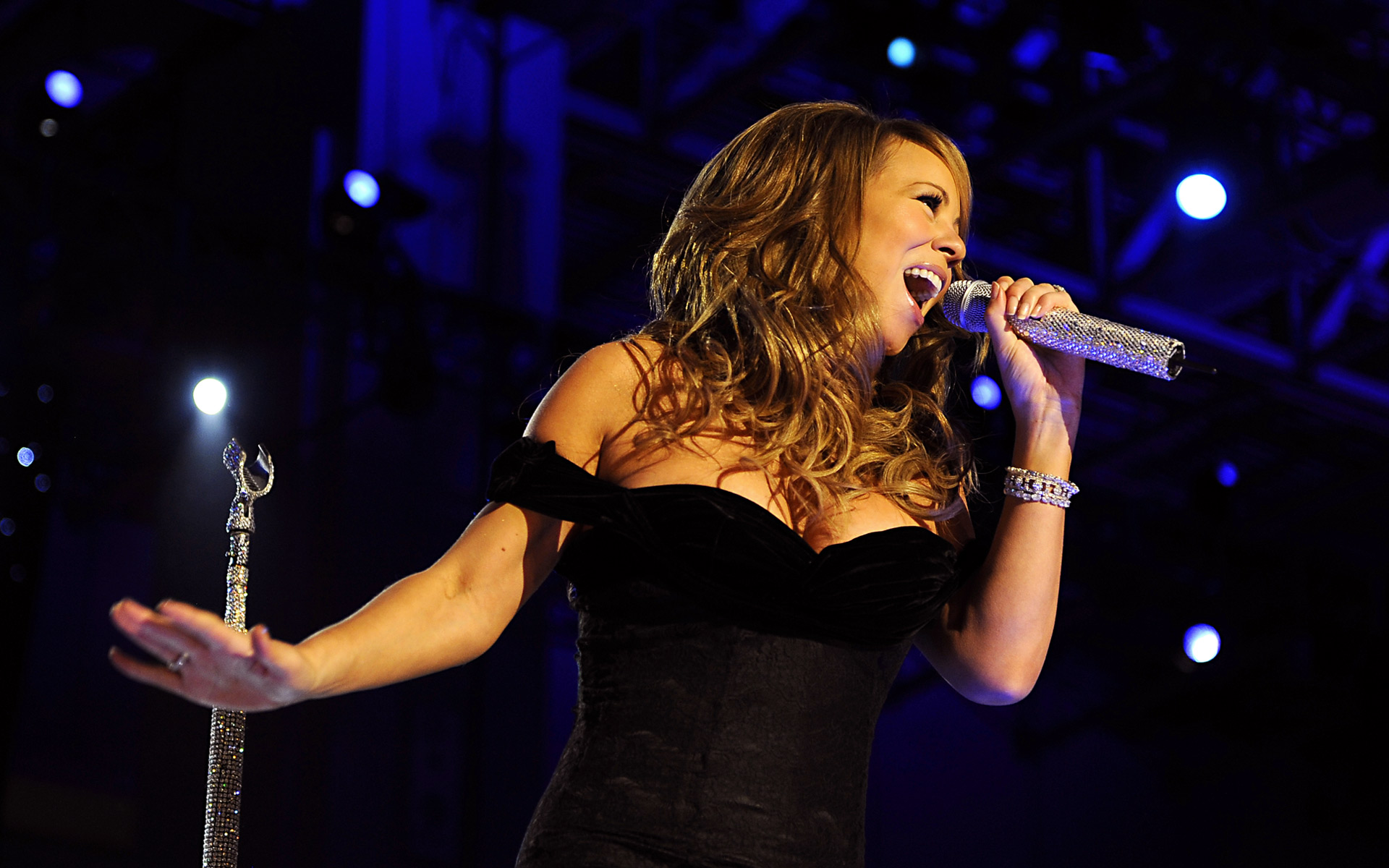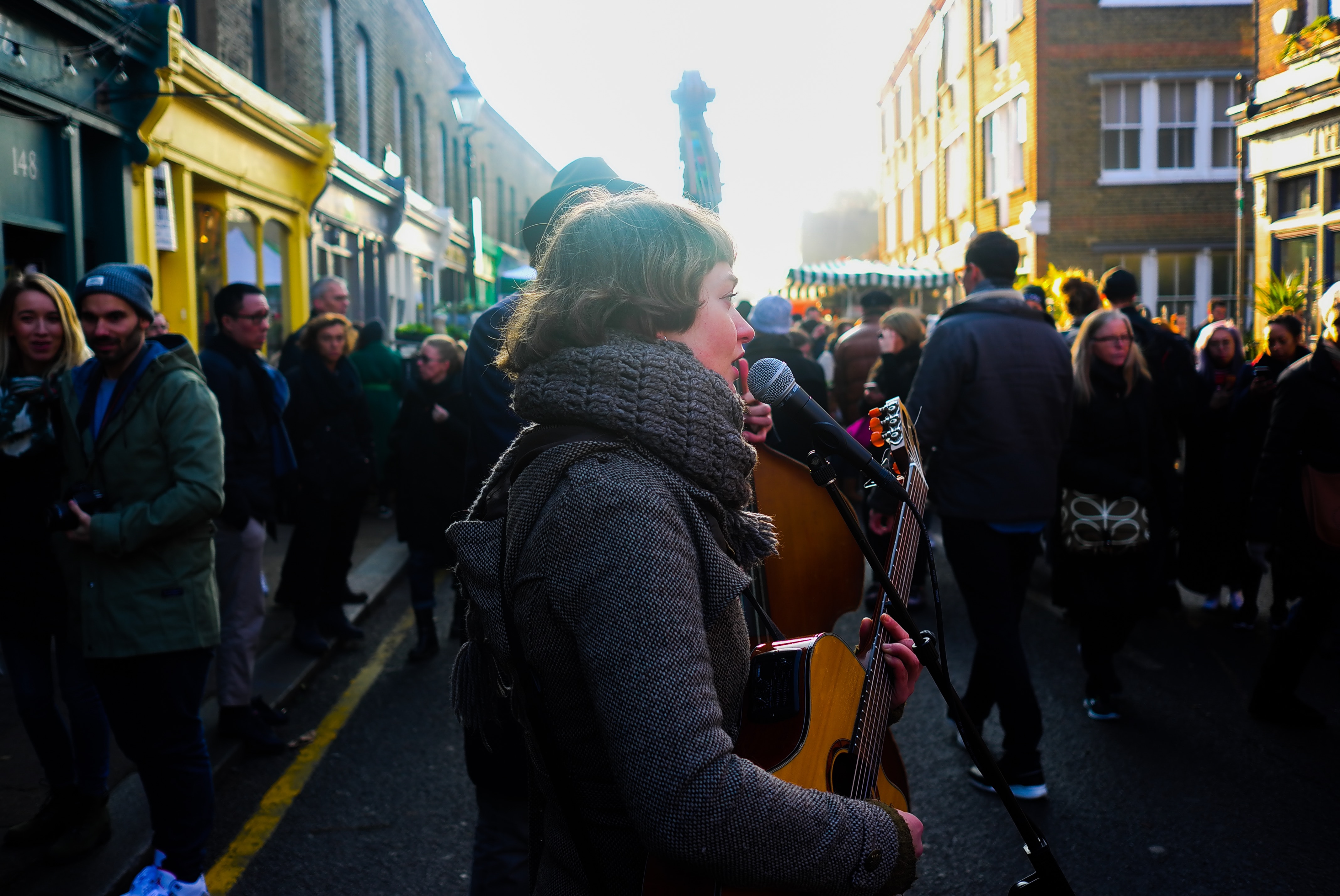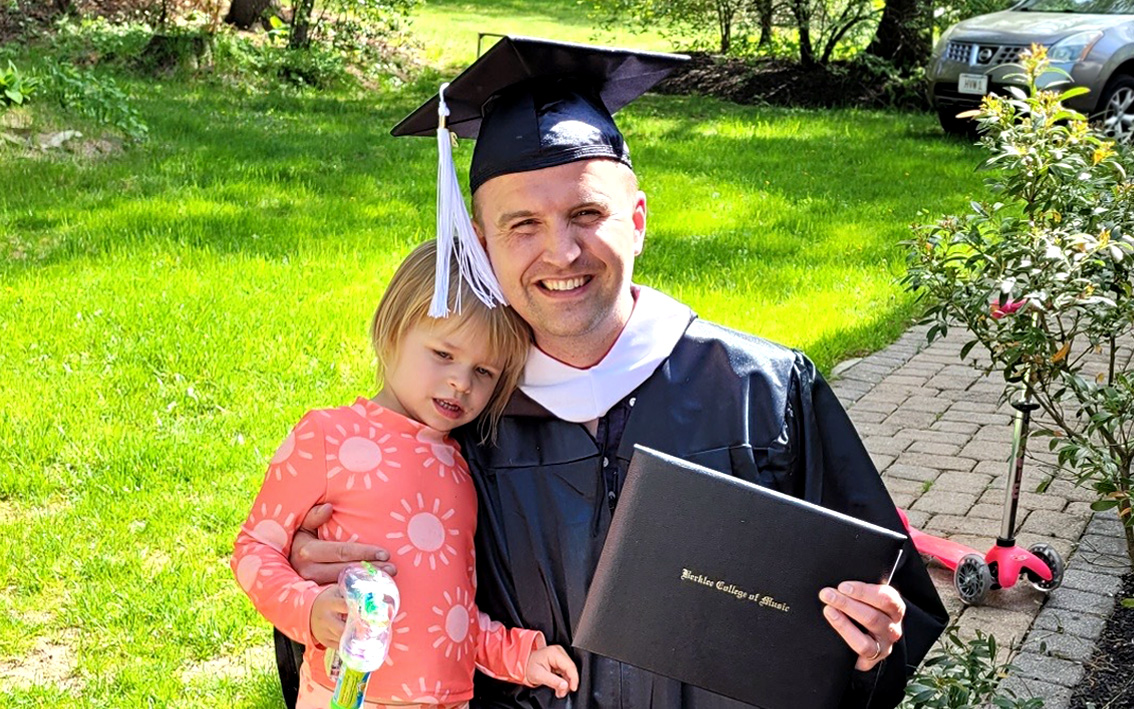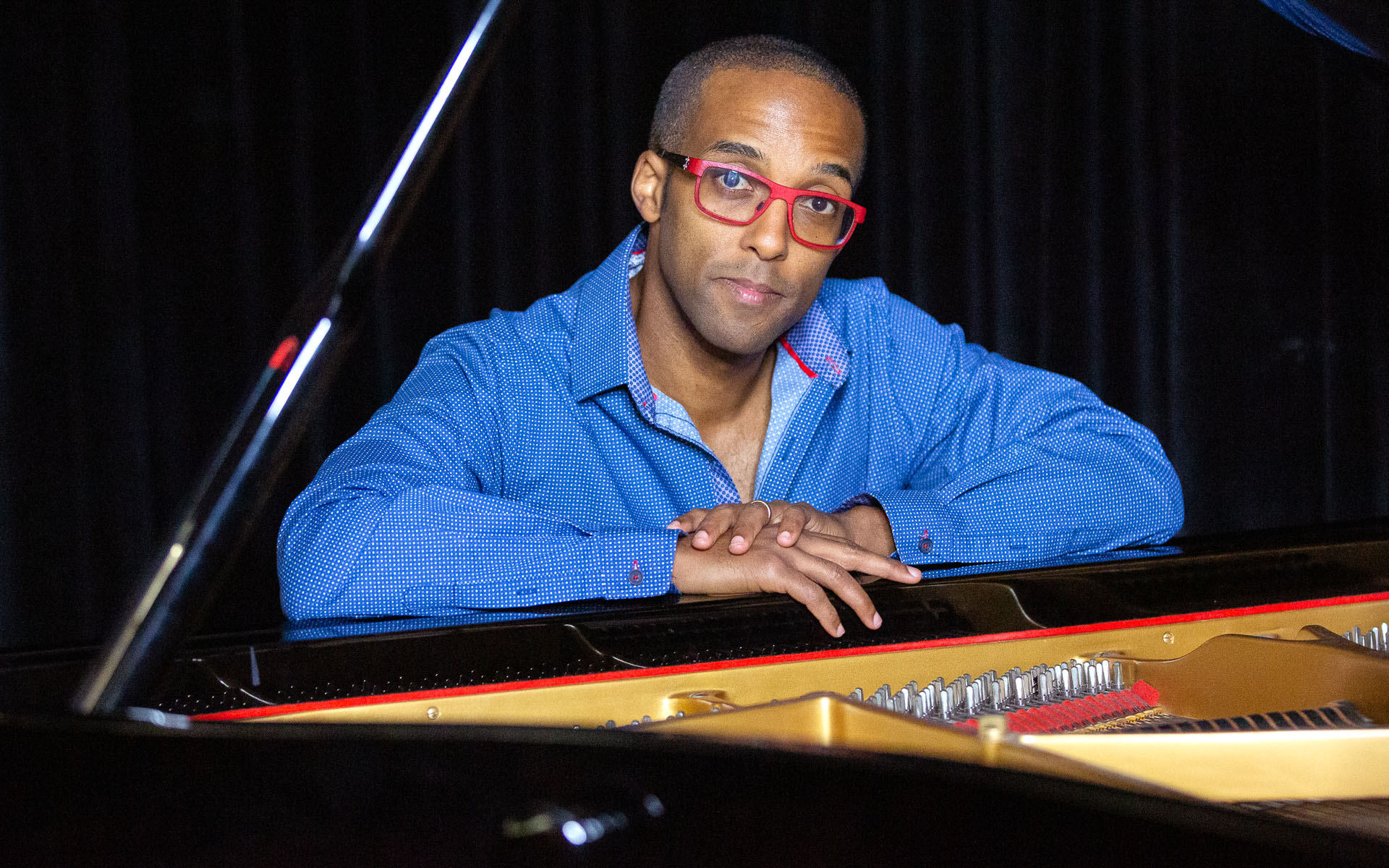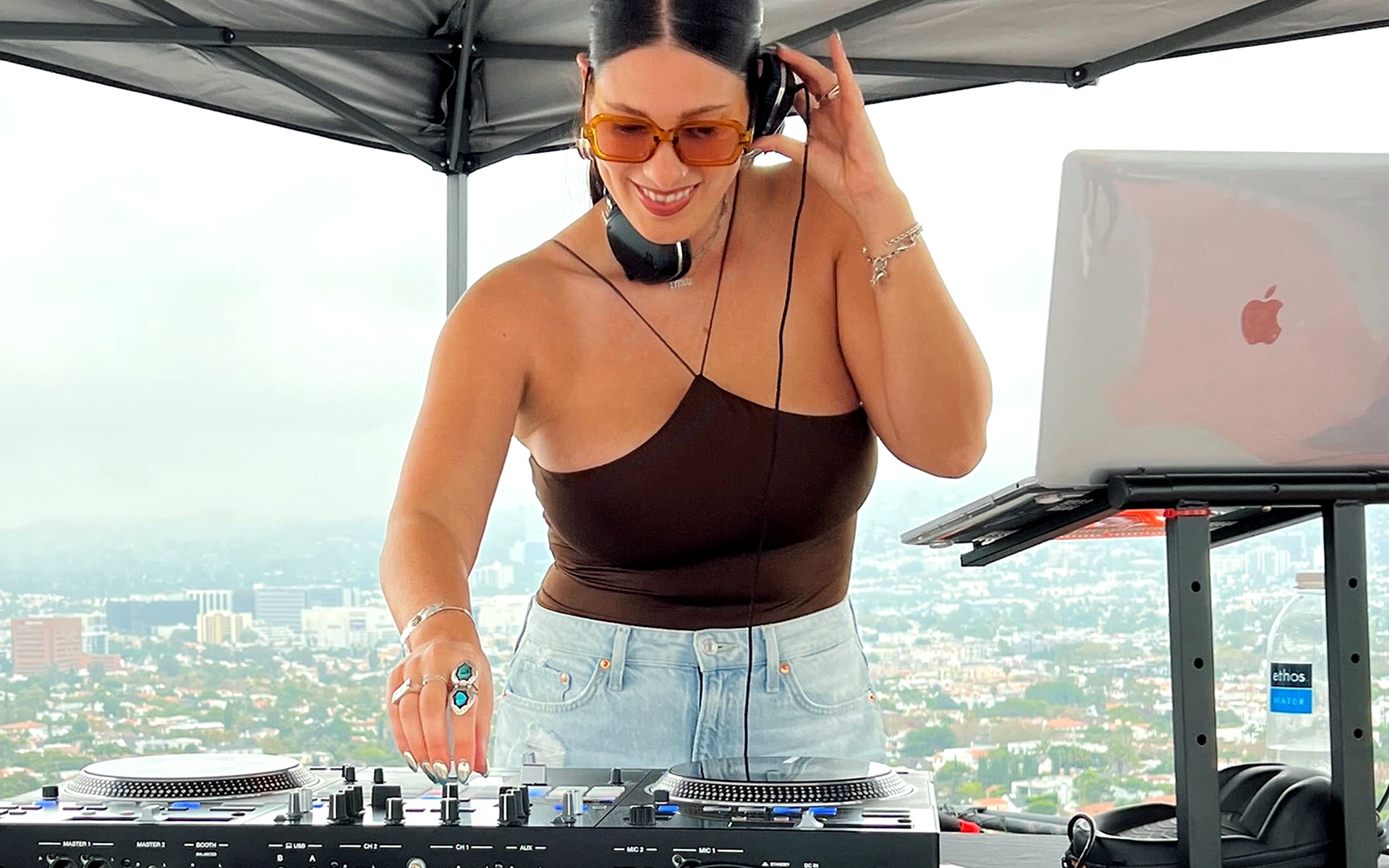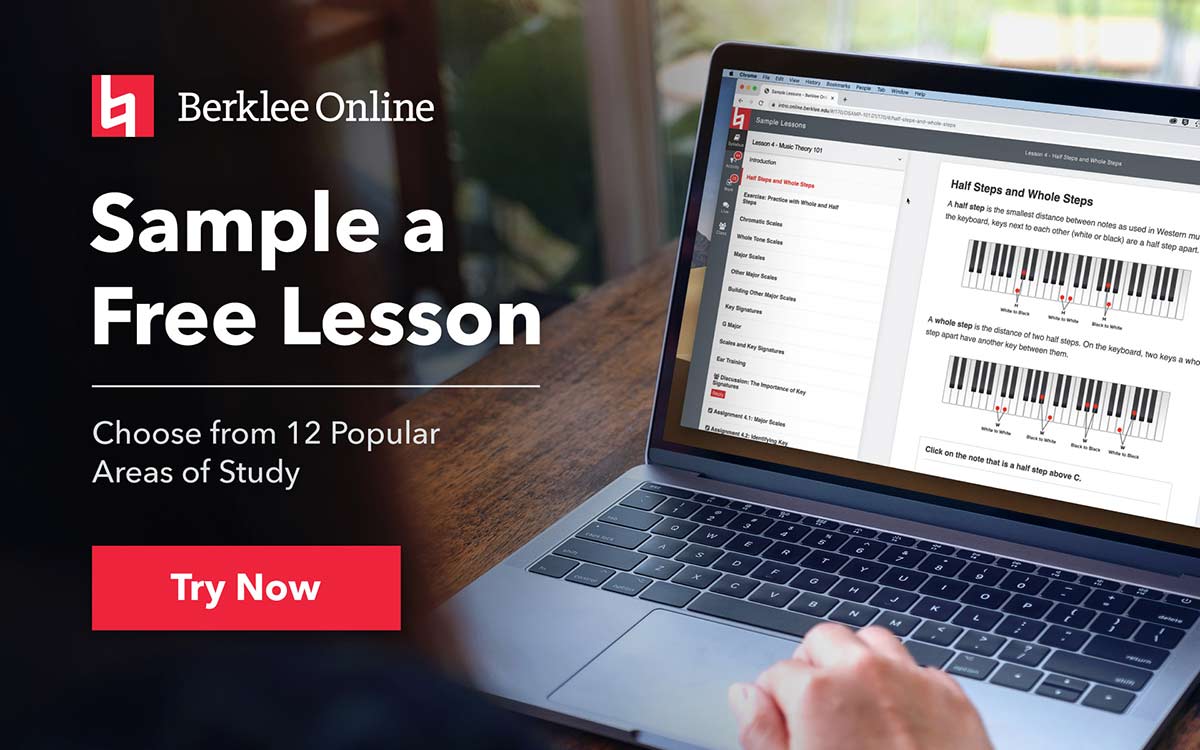The following information on jazz solos is excerpted from the Berklee Online course Gary Burton: Jazz Improvisation, written by Gary Burton, and currently enrolling.
Even though jazz improvisation is made to sound effortless and spontaneous, a great deal of skill and planning goes into a well-executed solo. Similar to giving a short speech to an audience, performing a solo should be structured like a story with a beginning, middle, and end. How can a musician achieve this with their instrument? It’s all about building the energy and intensity of a jazz improvisation over the course of the solo. Here you’ll learn how to prepare and structure a jazz improvisation solo so that when the time comes, you’re able to make it look and sound easy.
Start Strong
The most common approach is to start a solo playing somewhat softly and sparsely, using simple melodic phrases, then gradually making the phrases louder and busier until reaching a peak at the end. Sounds simple but actually, this is hard to do effectively. Try to start your solo with a strong, exclamatory melodic phrase that introduces you to the listeners and serves as a starting point for the development of your solo. Don’t waste valuable time or the listeners’ attention by starting out with something tentative or boring.
Often, I notice a soloist spends the first chorus of a solo meandering around, waiting for some inspiration. Think about how you would start a speech. You wouldn’t walk out in front of an audience and start by saying, “Well, I don’t really know what I’m going to talk about yet, but I’ll let my thoughts wander for a bit and eventually I’ll think of something to say.”
Instead, you would want to start your speech with a strong, explanatory statement that introduces your topic in a compelling way and grabs the attention of the audience. Remember, when you solo in a band setting, you are competing with other distractions, other players at work, etc. You want your opening phrases to announce to the audience, “Okay, now it’s my turn, check this out, you’re going to find this really interesting!” Try to make them forget the soloist that just preceded you.
Build in Volume and Intensity
It is difficult to crescendo steadily over, say, the course of three choruses of a song, going gradually from soft to loud, from sparse to busy, in a smooth way. What tends to happen instead, is that the soloist goes from soft to loud by the end of the first chorus, and is then stuck playing at top volume and intensity for the next two choruses. The solution is that we want to give the impression that the solo is building in volume and complexity, but we don’t want to get trapped into making it follow one long arc. It is better to think in waves.
After building in intensity somewhat, pause and drop down to a lower intensity and start building again. While in the act of soloing, there is a natural fear that if you leave a high level of energy and drop back to a lower one, the bottom will fall out of the solo, and the audience will notice the sudden drop in intensity. However, that is not usually the case. You can start over, again and again, and keep building anew, until the final crescendo that marks the conclusion of the solo.
End and Transition with Ease
It’s important to end a solo confidently and transition to the next player with ease. Do you notice that in the case of a professional group, when one soloist ends, the next player is ready and smoothly takes over the melodic role? In beginner settings, this isn’t always so smooth. There are times when a player ends a solo somewhat abruptly or unclearly, and the next soloist has to let eight bars or so go by before they are ready to start, or to make sure the previous soloist is actually finished.
Consider again how you would end a speech or a conversation. There are always some words, a sentence or two, that send the message that this is coming to an end. You might say, “This is all I have to say about the subject, what do you think?” or, “It’s time for me to go now, but we can talk some more later.” The point is, you don’t just stop in the middle of talking about something and leave things hanging without signaling to the listeners that you are wrapping things up.
So, just as in speaking, we want a smooth transition to take place when we come to the end of our solos. Generally, this means that the volume and intensity levels peak near the end of a chorus and then start declining to a lower level. The melodic phrases become simpler and we start thinking about cuing the other musicians, letting them know that you are finishing your jazz improvisation and it is someone else’s turn now. All professional players end their solos clearly and effectively, and the succession of soloists moves smoothly from player to player.
How Long Should a Solo Last?
There is no set rule about how long a solo should last. In the early days of recording, tracks were limited to about two-and-a-half to three minutes, so solos had to be only a chorus or two in length. Even when long-playing vinyl records became popular in the 1950s, record companies insisted on tracks being under five minutes, in order to better accommodate radio airplay requirements. However, certain jazz musicians began playing much longer solos on their records and that sent the message that long solos were the new trend.
Today, every extreme is seen. Some solos are surprisingly short, maybe only half a chorus, while others go on for six or eight minutes. One thing to keep in mind is the attention span of the typical listener. Certainly, if you are considering playing a lengthy solo, it had better be a strong performance and one that holds the listeners’ attention over a long period of time. Not everyone has a gift for sustaining interest over a long solo.
Make a Game Plan
To a great extent, the success of your solo will be determined by your own thought processes. Here’s what I used to do when I first started as a student musician: I would start playing with the mindset that, “I will keep playing until I get something interesting going and manage to reach some kind of climax before I end my solo.” I would typically use the first chorus or more of a solo to settle into the song and fish around for ideas. With no game plan about how long to make a solo, the jazz improvisation tends to be poorly shaped, and there will be sections that lack interest.
It is better to start a solo with a plan for how many choruses you are going to play. You are the only person who knows that you are, say, intending to play three choruses. So if things are going really well as you get near the end of the third chorus, you can always add another and go on a bit longer. But, by having the number of choruses in mind, you will be more likely to have a well-executed solo, paced nicely, and you will be more likely to get something going in your jazz improvisation in the early part of your solo rather than spending time experimenting, looking for a direction.
Listen to Gary Burton on the Music is My Life Podcast

